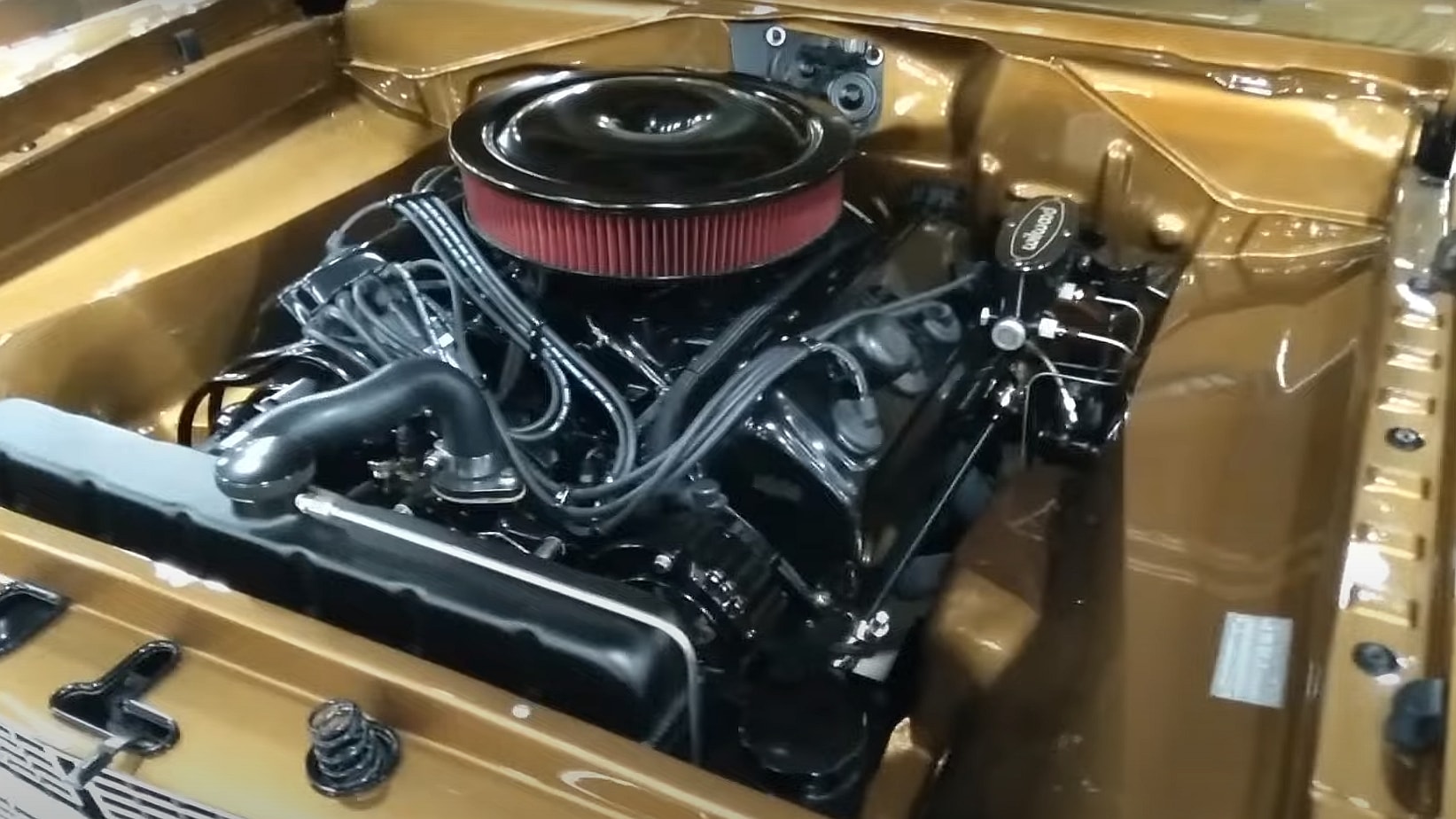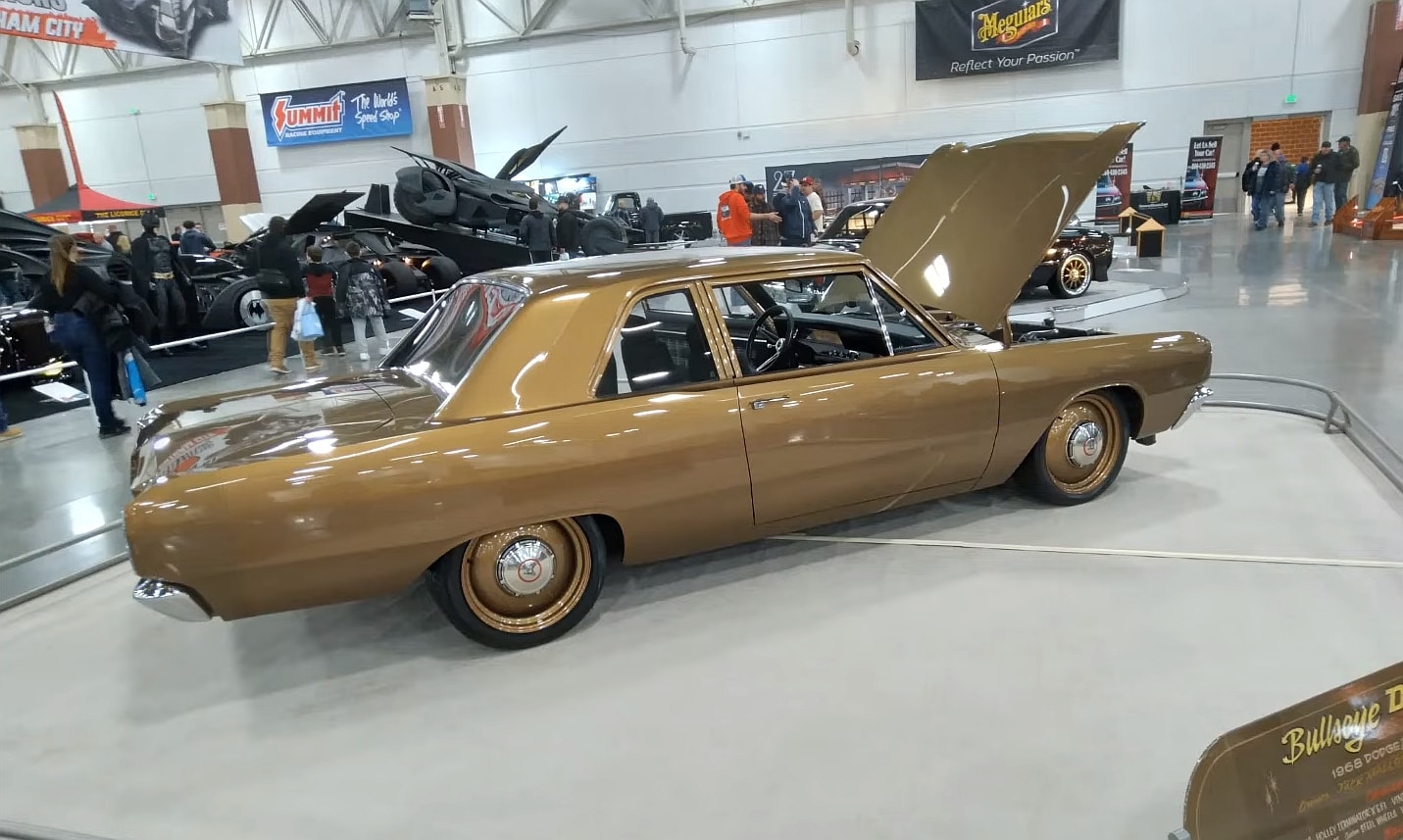Introduced in 1960, the Dodge Dart took some time to find its niche, evolving from a full-size model to a midsize contender in 1962. By 1963, Dodge repositioned it as a compact car, replacing the short-lived Lancer.
Initially modest in performance, the compact Dart gradually gained more potent engine options by the late 1960s. While the 383-cubic-inch (6.3-liter) big-block V8 became a regular option from 1967 onward, larger engines made brief appearances.
In 1969, the 440-cubic-inch (7.2-liter) RB engine briefly graced the Dart, inspired by Mr. Norm’s Dart GSS. Sold as the Dart GTS 440, these M-code Darts are among the rarest variants, with only 640 units produced, marking the end of the 440’s tenure in the Dart.

The legendary 426-cubic-inch (7.0-liter) HEMI is even scarcer in the Dart, reserved exclusively for the factory Super Stock model during the 1968 model year. Known as the HEMI Dart LO23, this purpose-built drag racer boasted radical modifications beyond its engine, with only 80 units leaving the assembly line.
Although the HEMI never found its way into a street-oriented Dart, enthusiasts undertook their engine swaps. The showcased build, known as “Bullseye,” exemplifies this trend, featuring a 426 HEMI crate engine and modern upgrades throughout, transforming the stock 1968 Dart into a formidable street machine.
In addition to the potent engine, “Bullseye” boasts modern interior enhancements, including bolstered seats, aftermarket steering, and a contemporary shifter. The exterior receives alterations such as an altered wheelbase, custom wheels, and a lowered suspension, culminating in a fascinating restomod design.

